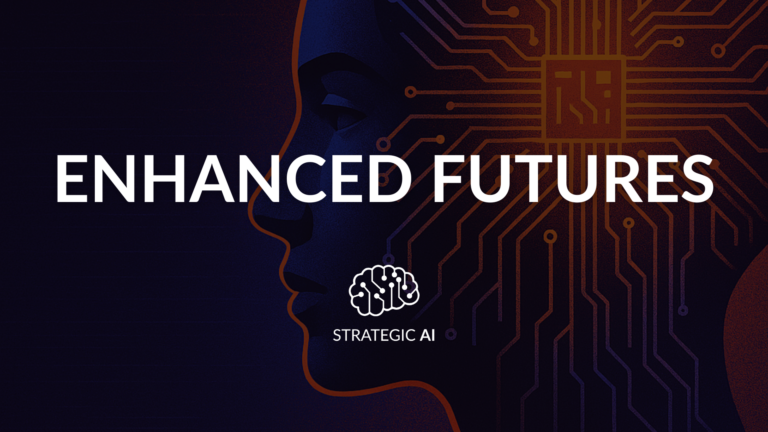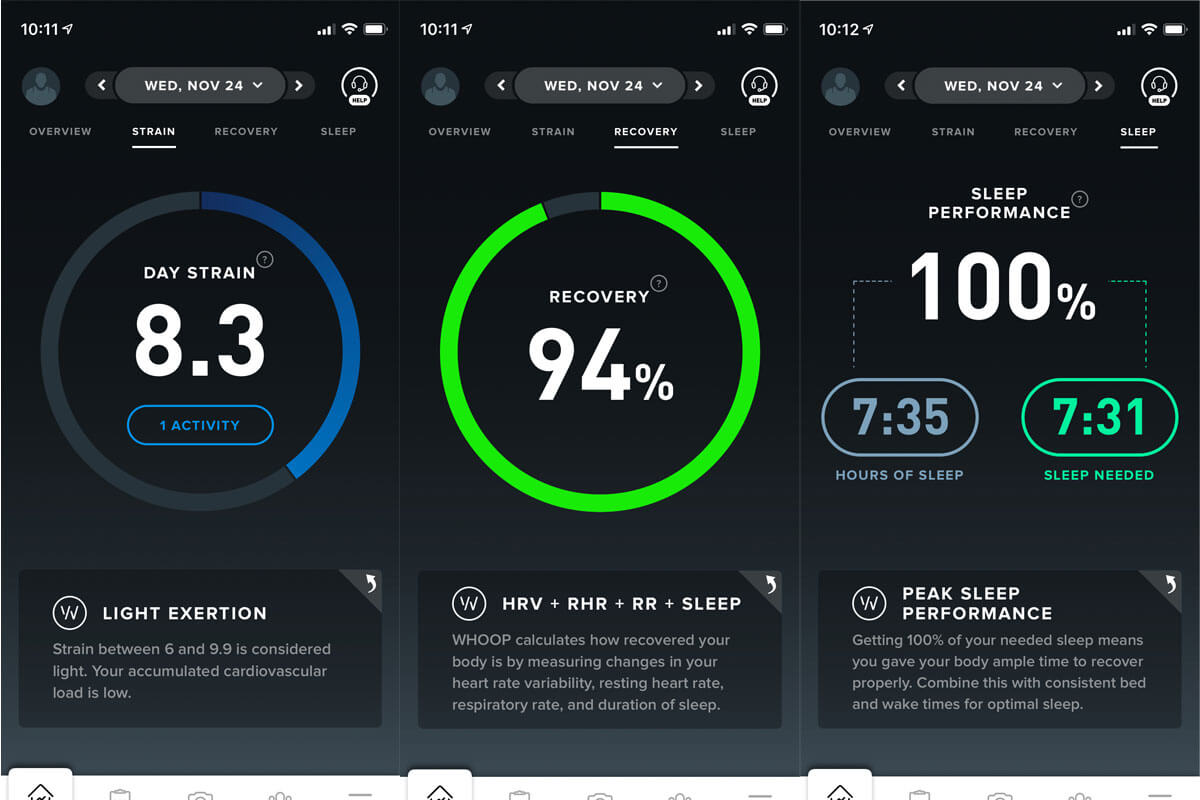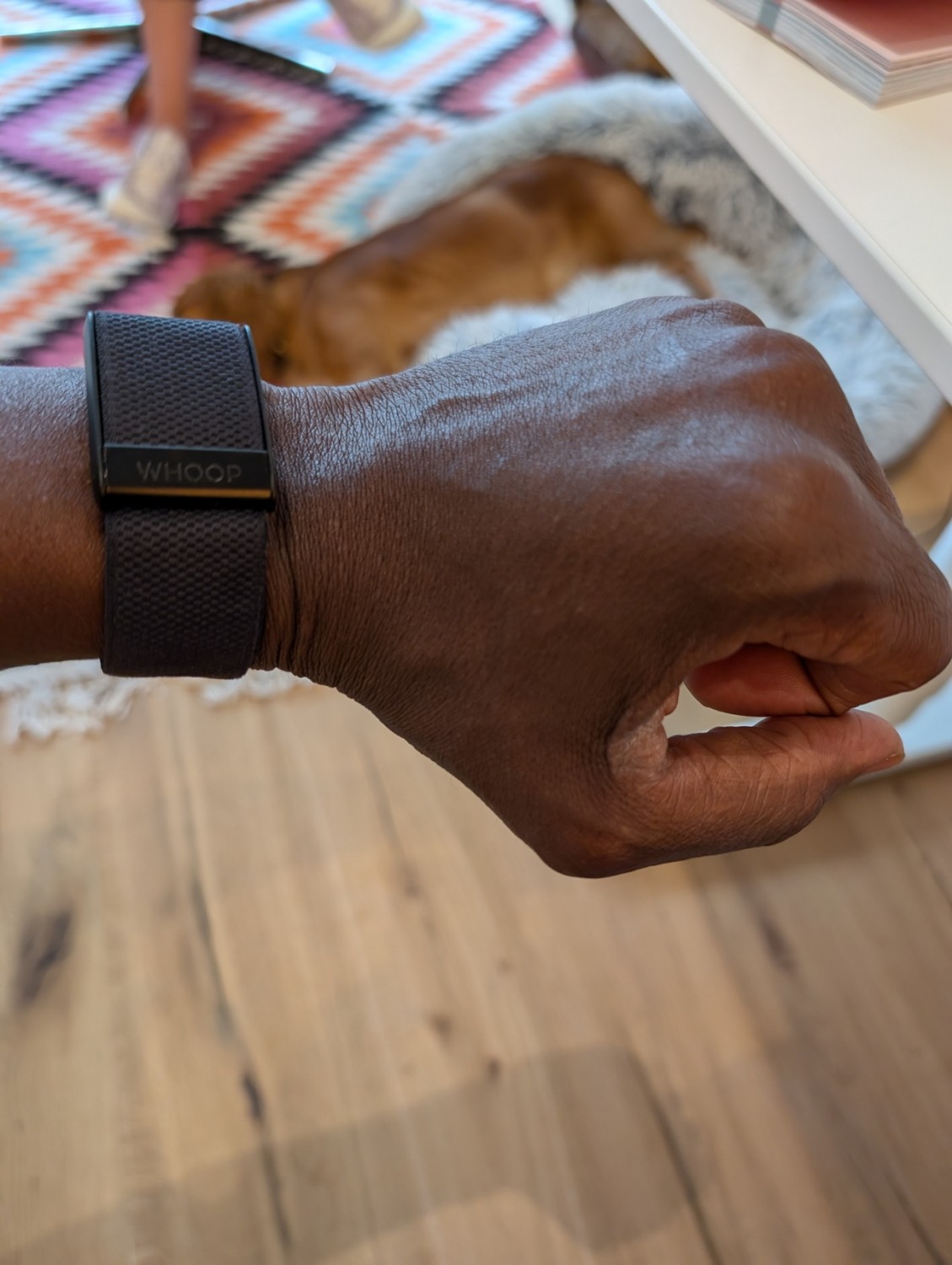
Written by Fola Yahaya
I hope you all had a wonderful summer. For me, it’s been excellent to have a chance to step back and reflect on the turbulent times that AI is fuelling. Though I managed a digital detox for a few weeks, I did spend some time with an interesting device called a WHOOP.
This screenless wearable is seen on many of the world’s most famous athletes, from Cristiano Ronaldo to LeBron James. Like an electronic tag, it’s designed to be worn 24/7 and to silently gather an impressive set of (in my case depressing) stats that you can view on the accompanying app. Key among these are the quality of your sleep, how much ‘strain’ you’ve put your body under (a good thing) and to what extent you’ve recovered.

I’ve previously written about my 15-year-old son’s WHOOP habit. Despite endless family teasing about wearing an electronic tag, giving away his data and the fact that WHOOP tells him what time to go to bed, he’s stuck with it. Though already a nationally competitive squash player, like any teenager, he’d rather be on his PlayStation than down the gym. Not any more. WHOOP has transformed him into a well-rested, hydrated and recovered six-days-a-week fitness freak.
Impressed, and ever a sucker for a gadget, I signed up for the 30 day ‘free’ trial during the summer. I’m now on day 20, and I’m hooked. The stats are brutal. On average I get about five hours sleep a night and my couch potato routine means I’m actually pretty unfit. Worse still, my stress levels are through the roof!
Now of course you don’t need to pay a tech company £20/month to confirm that you don’t sleep, exercise or de-stress enough, but there is nothing more chillingly motivational than a daily scorecard that tells you how you’re slowly killing yourself.
WHOOP’s impressive app is a built-in AI coach, which crunches all your data and then tells you what you need to do better. For me, get to bed earlier, drink more water and less alcohol, consistently exercise and tackle the cause of my stress. All obvious stuff, but by wearing a WHOOP constantly and seeing the resultant stats means there’s no longer anywhere to hide.
This is the near future of healthcare. We’re all going to be wearing some device, be it a smart strap or ring that makes AI personal and advisory.

It’s been a tough summer for my business. We started out as a translation agency for UN agencies 22 years ago. In those glory days, we employed a full in-house team of expert translators in four languages who worked on key UN reports. However, we saw the beginning of the end for translation around 15 years ago with the introduction of Google Translate. ‘Machine translation’, as it was called back then, was the first real consumer-friendly use case for AI and it has steadily improved, to the point that even some of our most exacting clients seem increasingly comfortable with its leaden and soulless output.
Though we pivoted to being a design, communications and advisory agency a couple of years ago, translation has still been one of our core service offerings. However, the last 12 months have been brutal. Despite the mediocre quality of AI translation, budget cuts mean that it’s become a race to the bottom on translation rates as agencies desperately try to survive. A colleague from another agency cited the case of Fujitsu, the global IT services firm replacing its entire translation division with an AI system!
However, many are falling victim to what I’m dubbing ‘Klarnafication’. Klarnafication is when companies cut costs but increase output through rapidly replacing previously outsourced creative and support services with AI.
Klarna, the Swedish buy-now, pay-later company, is the poster child for AI job replacement. Back in May 2024, it rebranded itself as an “AI-powered global payments network and shopping assistant” and announced that it had managed to decrease its spending on external suppliers by 25%, by slashing its translation, production, CRM and creative agency costs.
Last week, Klarna’s CEO upped the ante by announcing plans to slash the company’s workforce by half via AI. Key cost savings were:
Let’s be clear. As a pay-day loan company that exploits typically poor consumers, Klarna is a terrible company. But what worries me is that someone has told its Swedish CEO that it’s a good thing to shamelessly trumpet and celebrate every job it replaces with AI.
Klarnafication is slowly becoming the new normal, which does not bode well for creative services companies.
1X Technologies just unveiled their latest attempt at giving us all our own servant. NEO Beta is a high-tech humanoid assistant designed to do all those annoying household chores we all desperately want to outsource to AI.
The NEO Beta robot can walk at 2.5 miles per hour – perfect for those leisurely strolls to the fridge. But it can also run at 7.5 miles per hour, so good luck outrunning it when it turns against you and the robot rebellion kicks off.
While I was on holiday, OpenAI revealed one of its worst-kept secrets – that it wants a slice of Google’s massive ad revenue. SearchGPT is an AI-powered search engine designed to deliver real-time information from the web. Unlike traditional search engines that provide a list of links, SearchGPT organises and summarises information, offering detailed descriptions and source attributions. This prototype, available to 10,000 test users, is built on the GPT-4 model and aims to integrate search features directly into ChatGPT. Features such as ‘visual answers’ and follow-up question capabilities enhance the user experience, though some specifics remain undisclosed.
Though initially available on a subscription basis, it’s surely only a matter of time before it follows other AI models like Perplexity by polluting your responses with ads.
OpenAI continues to drip-feed Sora’s creative output on its YouTube channel, but wider access is still restricted to a small group of ‘creators’. Meanwhile, Chinese competitors to Sora are mushrooming as the potential of creating compelling videos from simple text prompts becomes clear.
This fake music video was made entirely using a combination of Luma AI, Runway and KLING AI and music generator Suno in around five hours according to its creator.
That’s all for this week! Subscribe for the latest innovations and developments with AI.
So you don’t miss a thing, follow our Instagram and X pages for more creative content and insights into our work and what we do.

Network Hub, 300 Kensal Road, London, W10 5BE, UK
We deliver comprehensive communications strategies that deliver on your organisation’s objectives. Sign up to our newsletter to see the highlights once a quarter.